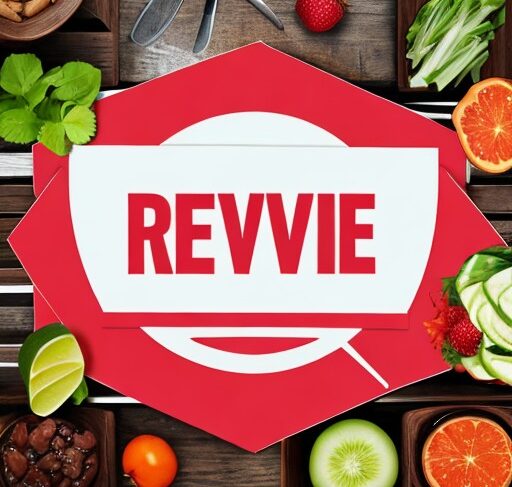Within this article, we delve deep into the phenomenon of “autophagy” and uncover the extraordinary tale of Yoshinori Ohsumi, a brilliant scientist whose groundbreaking discoveries merited the prestigious Nobel Prize. Our mission is to thoroughly grasp the significance of autophagy, trace Ohsumi’s remarkable scientific odyssey, and explore the profound implications of this breakthrough for human health. It is important to remember that for personalized guidance, seeking advice from a qualified medical professional is of utmost importance.
Unveiling the Intricacies of Autophagy: A Glimpse into Cellular Self-Preservation
Imagine, if you will, a hidden world within our cells where an intriguing process called “autophagy” takes center stage. It can be likened to a meticulous custodial service, tirelessly working to declutter and tidy up the cellular environment. The term “autophagy” derives from the fusion of two Greek words: “auto,” meaning self, and “phagy,” meaning eating. This captivating process involves cells recycling and breaking down their own components, ensuring the swift removal of damaged elements to maintain overall cellular well-being.
The Prodigy Behind Autophagy’s Revelation: Yoshinori Ohsumi’s Extraordinary Journey
Now, let us shift our focus to the luminary figure of Yoshinori Ohsumi, a remarkable scientist whose unwavering commitment to unraveling autophagy’s mysteries culminated in the prestigious Nobel Prize in Physiology or Medicine in 2016. Ohsumi’s scientific expedition was marked by a series of ingenious experiments that progressively unveiled the secrets of autophagy.
With boundless ingenuity, Ohsumi harnessed the power of yeast cells as a model system to explore the enigmatic realm of autophagy. Through a meticulously planned sequence of experiments, he painstakingly identified the pivotal genes orchestrating this process. His groundbreaking work laid the foundation for understanding the intricate mechanisms underpinning autophagy, thus paving the way for delving into its implications across various diseases, ranging from neurodegenerative disorders to infections and even cancer.
The Ripple Effect: Autophagy’s Profound Impact on Health and Disease
Transitioning from the laboratory milieu to the tapestry of our daily lives, we embark on an exploration of why autophagy transcends its scientific allure. Imagine autophagy as a vigilant guardian shielding our cells from accumulating dysfunctional elements. This intricate process serves as a safeguard against a spectrum of health challenges. When autophagy wavers, it can contribute to a host of issues, encompassing Alzheimer’s and Parkinson’s diseases, metabolic disorders, and even the aging process itself.
Guidance from the Experts: Navigating Autophagy’s Terrain for Personal Health
In the realm of pursuing well-being, it is paramount to recognize that autophagy isn’t a universal panacea. Each individual possesses a unique physiological makeup, meaning that what might benefit one individual may not hold true for another. This is where healthcare professionals come into play. Prior to embarking on any substantial lifestyle changes, seeking counsel from a qualified healthcare expert is pivotal. These experts possess the wisdom and experience to offer tailored guidance based on individual medical history, ensuring that the exploration of autophagy aligns seamlessly with individual requirements.
In Conclusion: Embracing the Dawn of Autophagy’s Era for Enhanced Well-Being
In a world where the realms of science and human health intertwine, the narrative of Yoshinori Ohsumi’s odyssey through the realm of autophagy emerges as a profound connection between our microscopic inner workings and our overall vitality. As we marvel at the intricate choreography of autophagy’s self-cleansing prowess, let us also acknowledge our pivotal role in safeguarding our own health. Through a journey of learning and collaboration with healthcare professionals, we traverse the labyrinthine pathways of autophagy, paving the way towards robust health and an exuberant life.
References
- Mizushima, N., Yoshimori, T., & Levine, B. (2010). Methods in mammalian autophagy research. Cell, 140(3), 313-326.
- Ohsumi, Y. (2014). Historical landmarks of autophagy research. Cell research, 24(1), 9-23.
- Disclosure: This article serves as an educational resource and is not a substitute for professional medical advice. Prior to implementing any changes to health practices, seeking guidance from a certified healthcare professional is essential to ensure alignment with individual medical history and requirements.
